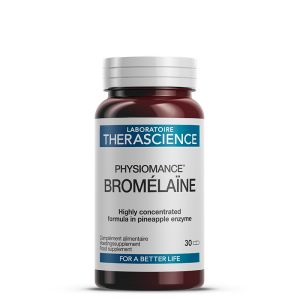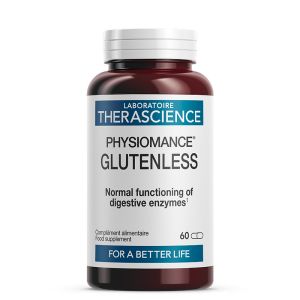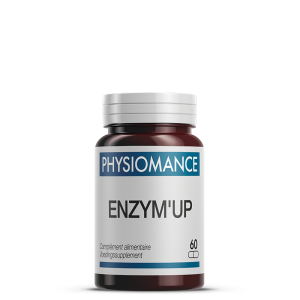
ENZYMES

Description
An enzyme is a protein made up of amino acids. It has catalytic capabilities, i.e. it acts as an accelerator of particular chemical reactions.
An enzymatic reaction is characterized by the transformation of a substrate into a product. The enzyme is not degraded during the reaction.
Enzymes have a recognition site for the molecule in order to ensure the specificity of the reaction. They also have a catalytic site, buried in the structure of the enzyme and made up of amino acids involved in the chemical transformation.
Enzymes work under specific physico-chemical conditions, including temperature and pH (acid, basic or neutral medium), where their activity is optimal. Most proteins are degraded at 41°C (let's not forget that enzymes are proteins). They are then no longer functional. Moreover, the activity of enzymes can be slowed down or stopped by enzyme inhibitors.
It is possible to recognize an enzyme by its name, in particular thanks to the presence of the suffix « -ase », found for example in the term « amylase ».
They do not all have the same function. There are different classes (7 in total, referenced by the Enzyme Commission [EC]), characterised by the enzymatic reaction carried out:
Oxido-reductases
These enzymes perform oxidation-reduction reactions. They can degrade free radicals such as Super Oxide Dismutase (SOD) or generate them.
Transferases
They catalyse the transfer of a chemical group such as kinases, which add a phosphate group.
Hydrolases
They ensure the cleavage of bonds in the presence of water molecules (hydrolysis). These bonds may involve amino acids whose peptide bond is cleaved by prolyl-oligopeptidase and papain.
Glucoamylase, hemicellulase, invertase, pectinase and xylanase cleave the bonds involved in carbohydrates.
Lyases
Unlike hydrolases, these enzymes cleave bonds with reactions other than hydrolysis. One example is decarboxylases, which break carbon-carbon bonds.
Isomerases
These enzymes carry out isomerisation reactions, i.e. the rearrangement of functional groups within a molecule.
Ligases
These enzymes create bonds between two molecules. This is particularly the case with enzymes used in molecular biology.
The benefits
Depending on their properties, enzymes facilitate the digestion of carbohydrates, proteins or lipids.
They also ensure the maturation function of proteins and hormones.
Our products based on Enzymes
-
€32.50
-
€20.80
-
€57.20
-
As low as €33.40In stock
-
As low as €34.10In stock















